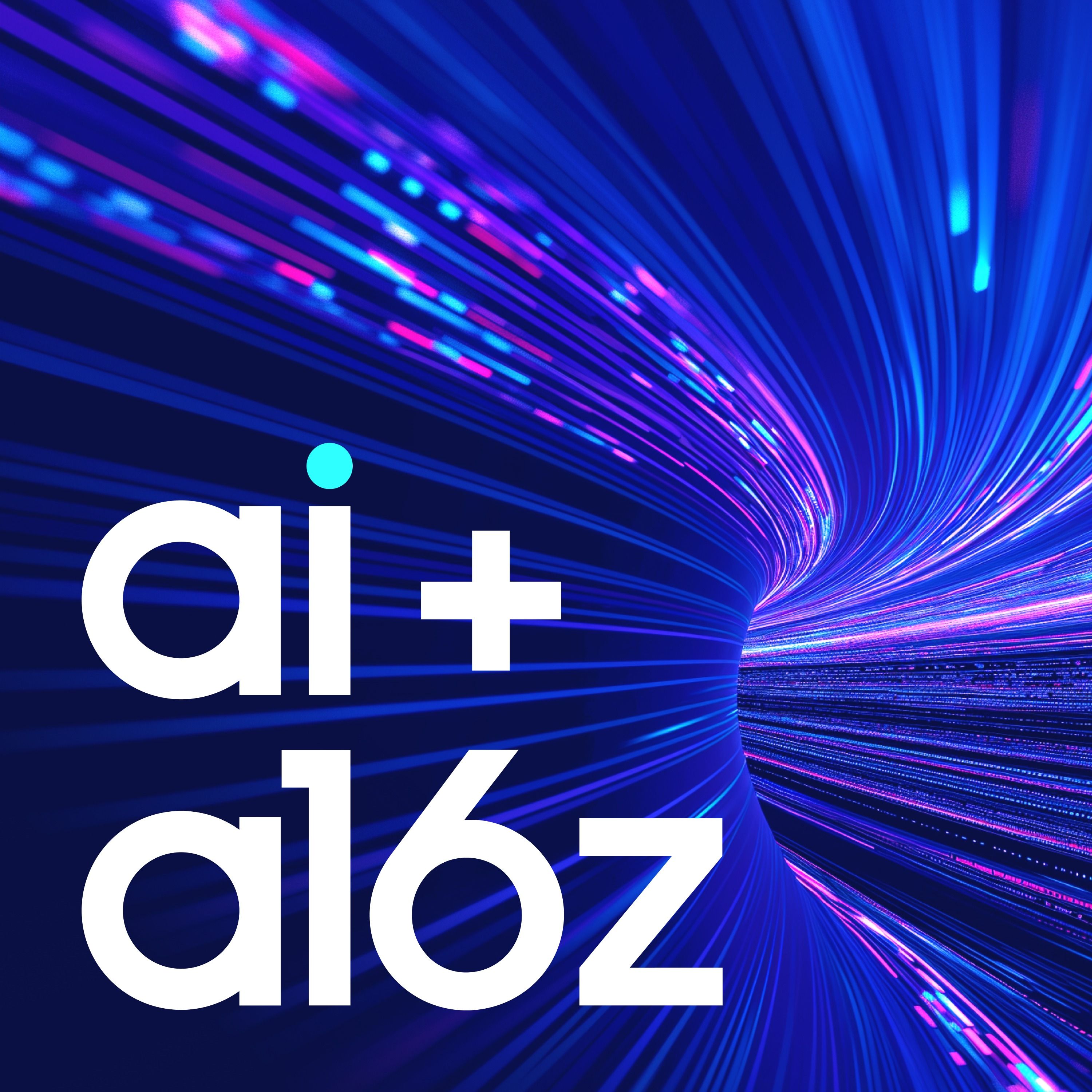
AI, SQL, and the End of Big Data

AI + a16z
Deep Dive
Why is DuckDB gaining popularity as big data wanes?
DuckDB is an in-process analytical database that simplifies data manipulation and eliminates the need to move data around, making it ideal for data science use cases. Its single-node architecture reduces complexity and allows for faster development and scalability.
How does DuckDB handle CSV parsing compared to other databases?
DuckDB has a dedicated team working on its CSV parser, which is considered the best in the world. It can handle messy CSV files with errors, weird separators, or null characters, making it highly user-friendly and efficient.
What is the significance of scaling up versus scaling out in database systems?
Scaling up, or using larger single-node machines, simplifies database architecture and reduces complexity compared to distributed systems. Modern cloud hardware offers large machines with high capacity, making scaling up a practical and efficient approach.
Why is the small data movement gaining traction?
Many companies don't need to handle massive amounts of data. Small data focuses on simplifying systems, reducing complexity, and improving user experience by leveraging modern hardware and local processing capabilities.
How does DuckDB integrate with AI workloads?
DuckDB can handle vector search and similarity queries, which are closer to analytical workloads than transactional ones. It can also work with local inference engines, making it suitable for AI-enabled applications that require data aggregation and visualization.
What role does GPT-4 play in improving SQL query writing?
GPT-4 can automatically fix SQL errors by analyzing the error line and suggesting corrections. This allows users to stay in the flow of writing queries without needing to consult documentation, enhancing productivity.
Why is text-to-SQL not yet widely adopted for complex analytics?
Text-to-SQL struggles with complex data models, specific organizational nuances, and data quality issues. It works better in controlled environments with clean schemas and well-defined semantic layers.
How does DuckDB improve the data science workflow?
DuckDB reduces the toil of data preparation by simplifying data manipulation and offering a robust CSV parser. It allows data scientists to focus more on analysis rather than setup and data movement.
What are the challenges of scaling out in distributed systems?
Scaling out involves complex distributed transactions, data movement between nodes, and handling failures. These challenges increase the complexity and time required to develop and maintain distributed systems.
How does DuckDB's architecture benefit developers?
DuckDB's single-node architecture allows for faster development cycles and easier scaling. It focuses on what users care about, such as query speed and usability, rather than the internal mechanics of the database.
Shownotes Transcript
In this episode of AI + a16z, a16z General Partner Jennifer Li joins MotherDuck) Cofounder and CEO Jordan Tigani to discuss DuckDB's spiking popularity as the era of big data wanes, as well as the applicability of SQL-based systems for AI workloads and the prospect of text-to-SQL for analyzing data.
Here's an excerpt of Jordan discussing an early win when it comes to applying generative AI to data analysis:
"Everybody forgets syntax for various SQL calls. And it's just like in coding. So there's some people that memorize . . . all of the code base, and so they don't need auto-complete. They don't need any copilot. . . . They don't need an ID; they can just type in Notepad. But for the rest of us, I think these tools are super useful. And I think we have seen that these tools have already changed how people are interacting with their data, how they're writing their SQL queries.
"One of the things that we've done . . . is we focused on improving the experience of writing queries. Something we found is actually really useful is when somebody runs a query and there's an error, we basically feed the line of the error into GPT 4 and ask it to fix it. And it turns out to be really good.
". . . It's a great way of letting you stay in the flow of writing your queries and having true interactivity."
Learn more:
Follow everyone on X:
Check out everything a16z is doing with artificial intelligence here), including articles, projects, and more podcasts.